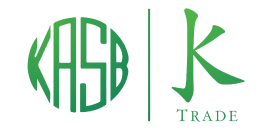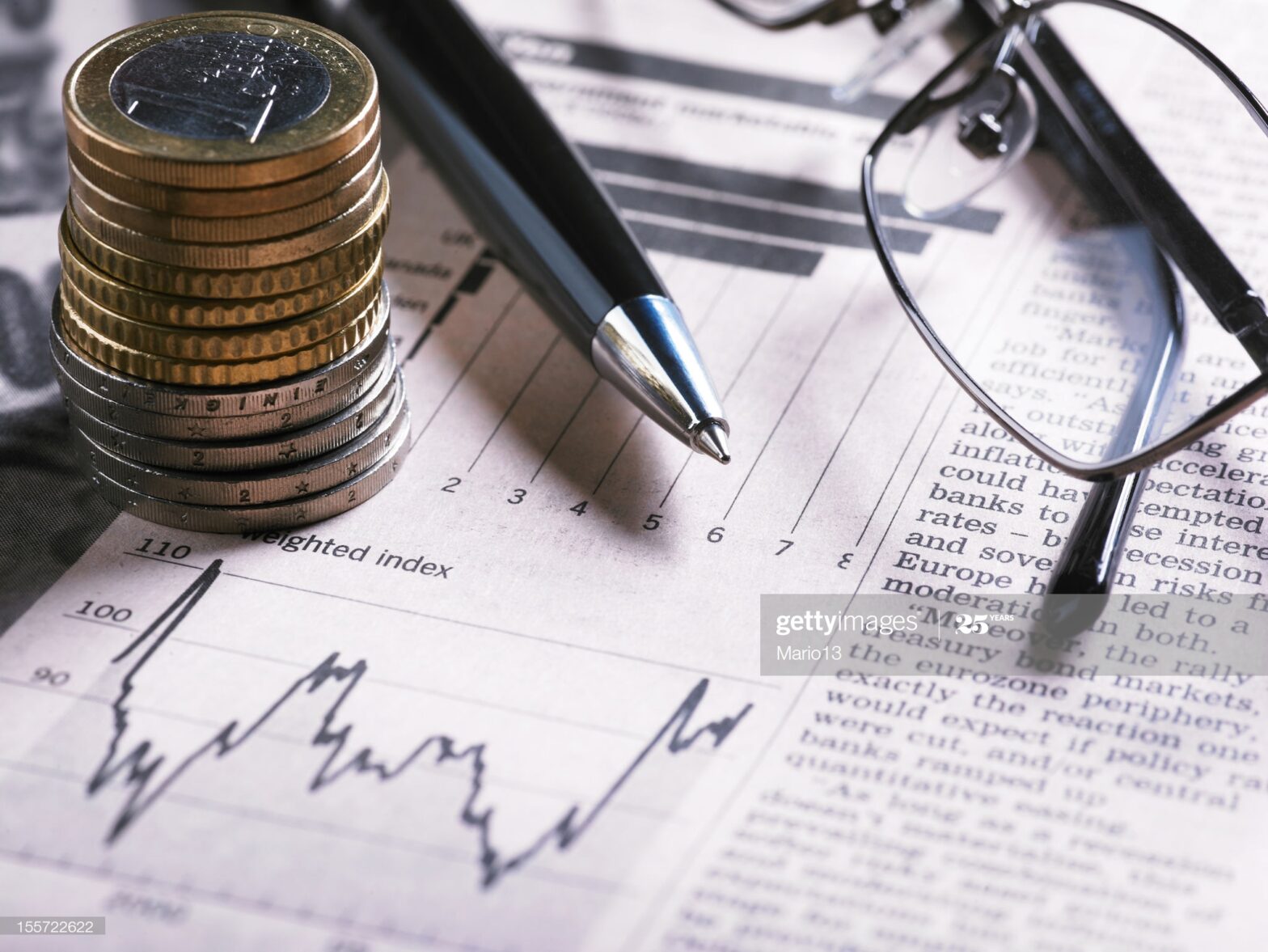▪In the Monetary Policy Statement published today, the State Bank of Pakistan has followed the IMF and reduced FY20 GDP growth forecast to -1.5% from its earlier target of 2.5% growth. If we assume that the GDP had grown inline with the government’s original target of 2.5% until start of March, before the lockdown began (23rd March), this would suggest that the State Bank expects more than -14% decline in April and May, to get to an average of -1.5% decline for the full year. The fact that the State Bank was initially modelling 3% growth, would suggest that the decline in April and May is even more steep.
▪ Monthly LSM data for the month of March will be published tomorrow or the next week which should give some assessment of the impact of the lockdown in March.
▪ This would be the first year in Pakistan’s history to face a recession when the economy contracts in real terms. It is not a surprise then, that based on this grim outlook on the economy the State Bank has further cut interest rates by another 200bps to 9%. The cumulative cut since 17th March is of 445bps.
▪ It is difficult for us to have high degree of conviction on the estimates as we do not know how long the lockdown will remain. The government, like most governments in the world, is keen to open to the lockdown but lack of sufficient tests means that it is shooting in the dark. There have been fewer than 50,000 tests in Pakistan in total. Consequently, there is little credibility on the reported numbers on the number of infections and on the number of deaths. Ministry of Health’s report to the Supreme Court estimated that the infections may increase to 50,000 by April. It is only anyone’s guess in the absence of data how the government is modelling the spread of the virus given lack of tests.
▪ Nevertheless, we have updated our macro assumptions based on the revised interest rates and the new economic outlook. GDP growth has been revised down to -1.5% during FY20
GDP growth has been revised down to -1.5% during FY20
▪ State Bank’s Quarterly statement published earlier this week (click here) stated that there will be no growth in the agriculture sector this year due to decline in cotton production and stagnation in sugarcane and rice. Agriculture accounts for 20% of Pakistan’s GDP. This means that the remaining 80% (Manufacturing and Services), would have declined by -1.9%.
▪ Large Scale Manufacturing has been in decline for most of the year due to the monetary tightening cycle. Sectors such as automotive, cements, steel and petroleum have been particularly hit hard. Sales in these sectors would have probably grind down to near zero during the lockdown. Auto sales were down -70% in March. We hear that the textile sector has suffered the most due to cancellation of orders due to the global lockdown.
▪ Services, which account for 60% of the GDP should fare better as industries such as telecommunication and banking are still operating. Banking and finance profits were up 21% in 1HFY20. However, there is likely to be a steep decline in Wholesale and retail.
▪ The biggest policy challenge in our view is the disproportionately large hit to SME businesses in areas such as wholesale and retail and unemployment. While the State Bank has announced a lot of measures to flow credit to the economy through the banks, Pakistanis banks do not have high financial penetration. Only 2% of SME are catered by the mainstream banks and less than 200,000 businesses are registered with the SECP. The government plans to provide social security payments directly to people but it might be practically impossible to reach everyone. The government has announced stimulus program to support the construction activity, this is likely to be the biggest growth driver for FY21 in our view.
Inflationary pressures to subside and PkR is likely to come under further pressure
▪ State Bank has maintained its FY20 inflation target range of 11-12%. Last month inflation declined to 10.2%. We expect a step decline in April to 9% and 8% in May. In the past inflation was driven by rise in energy prices and exchange rate depreciation. Now the only source will be imported inflation due to weaker PkR. We expect inflation of
6% in 2HCY20.
▪ We expect the PkR to depreciate by 7% by end of May to PkR/USD and to cross 184 by December 2020. Overseas capital in domestic bond market which was a well cited success of the State Bank has mostly pulled out. There have been outflows of $2.34bn from the bond market and $202m from the equity market since March. The $1.4bn support program from IMF should provide some support to the currency. The IMF is also considering including Pakistan in its debt relief program, which could be a major support. Pakistan government will probably be expecting similar concessions and support from China.
Interest Rates assumption revised down to 10% by FY20
▪ We expect the rate cut cycle to continue. We were expecting the State Bank to cut rates to 9% by end of May. The magnitude of the rate cut has been greater than expected probably as the State Bank saw the decline in the LSM numbers ahead of the street. We think the rate cut cycle will continue and we are modelling 7% interest rates by end of May and possibility of further rate cuts post that. The rate cut should provide some positive impact on the earnings of most of the companies listed in the non-banking sector. Our team published a report today to quantify the direct impact on earnings from the rate cut. The chart below is taken from their report.

Fiscal Deficit to remain high
▪ Under the IMF program, Pakistan was targeting a fiscal deficit of 7.5% of GDP. The government has now announced a stimulus program of almost 2.5% of GDP. We think that the fiscal deficit is likely to reach 13% of GDP due to added spending and lower tax collection. According to the State Bank Governor under the G20 debt 3 April 16, 2020
relief package, Pakistan interest payments on debt will be postponed until 2022. This should provide a cushion to the fiscal balance.
Current Account: Export and Remittances down but oil price decline provides cushion.
▪ The only silver lining is the decline in oil prices which should take away some pressure on the balance of payments. We are modelling a deficit of $4bn or 1.3% of GDP for FY20. For FYY21, we think remittances can decline by 25% to $16bn. The biggest risk is to exports. We are modelling a 30% decline in exports in FY21.

L,U,V – which shape of the economy?
It is difficult to assess at this stage as it will depend on the length of the lockdown. The recovery is likely to be driven by industries focused on domestic demand such as the construction industry and services such as healthcare and telecommunications. Our biggest fear is from the political implications for an economic slowdown. A few weeks ago, the Prime Minister shuffled the cabinet. There have been multiple changes since the government came in within a small period of almost two years. Given the high economic costs it will be very difficult for the government to maintain the lockdown. The outcome of course depends on how the infection curve grows. The main positive the government will be banking on is that, the young population (average age of 23) will be able to fight the virus better than the ageing populations in the West.

